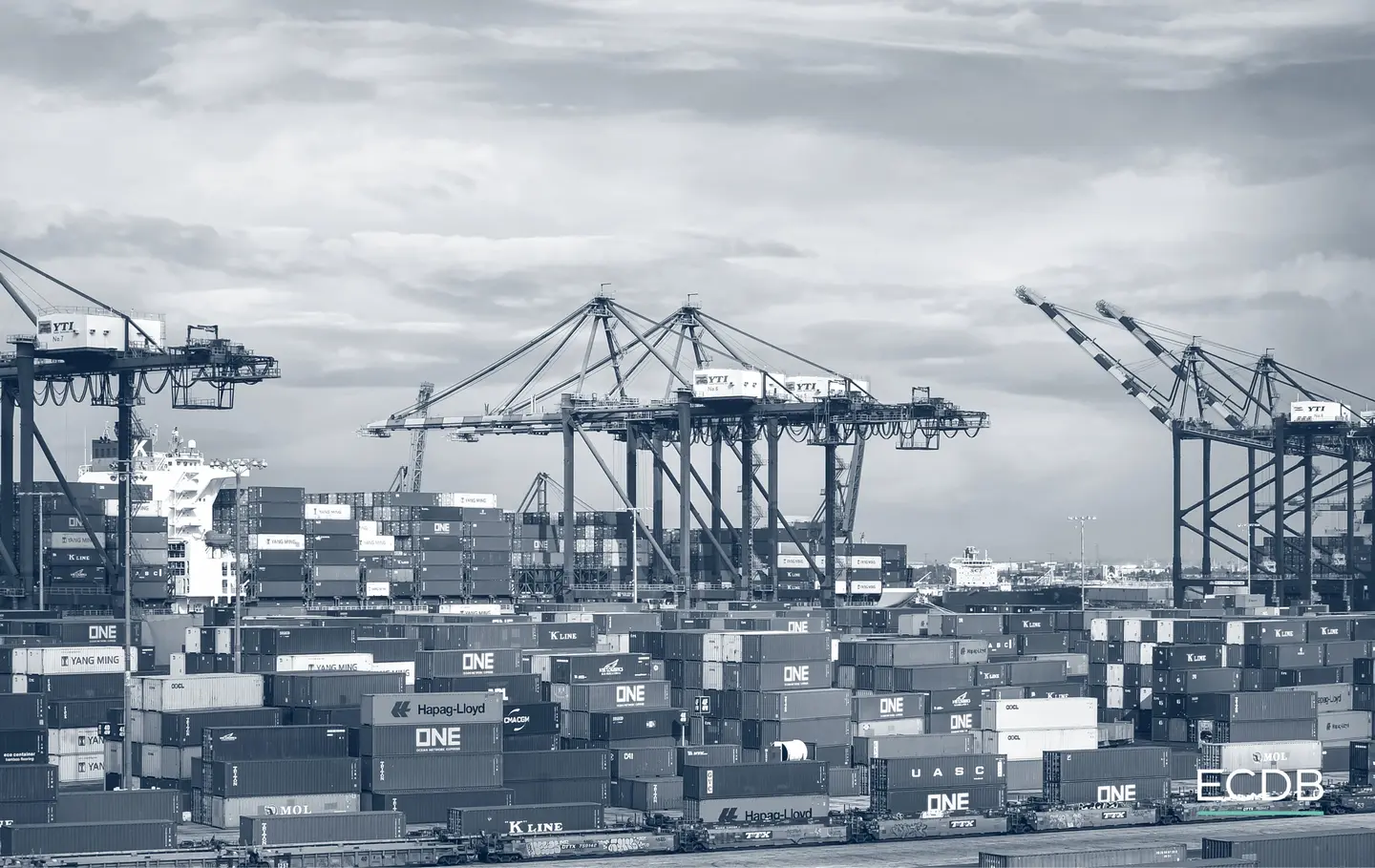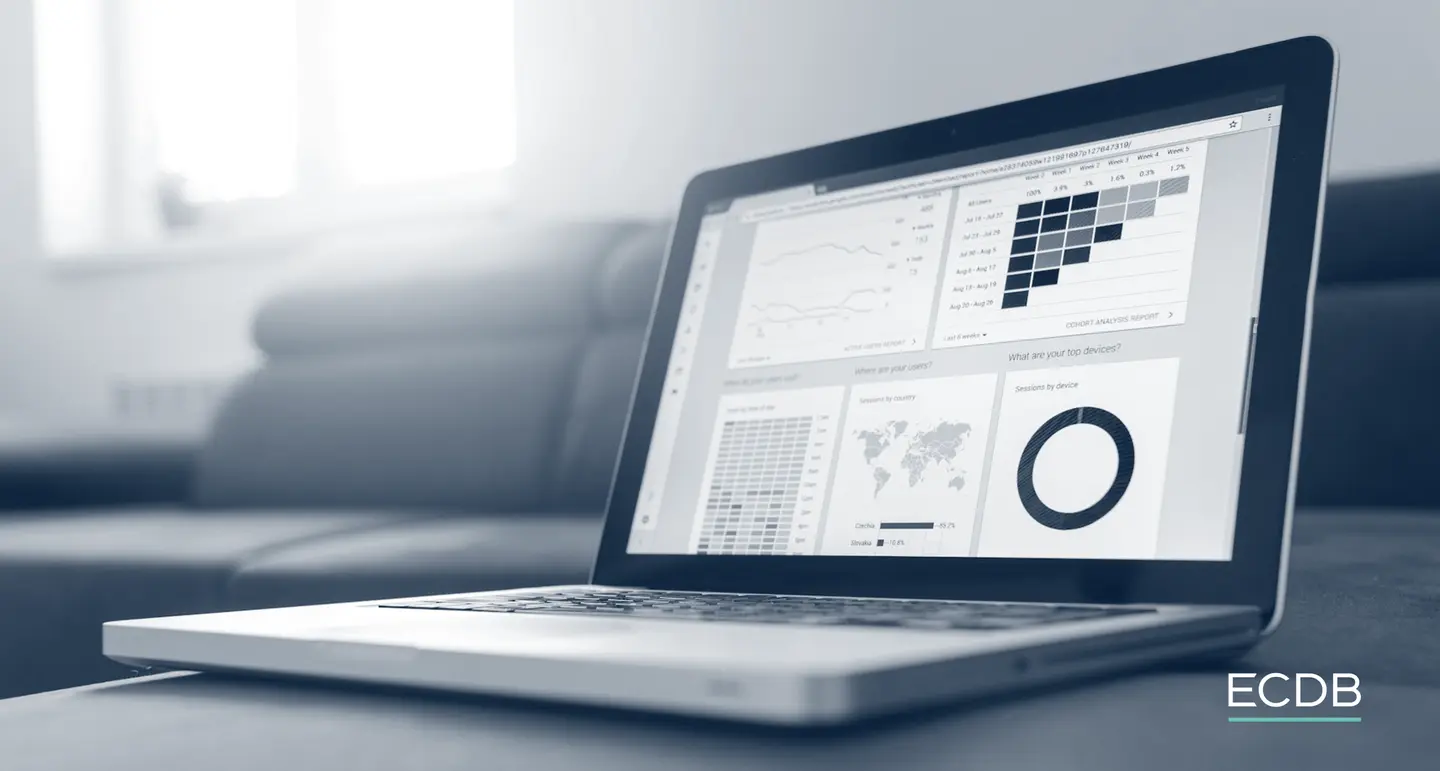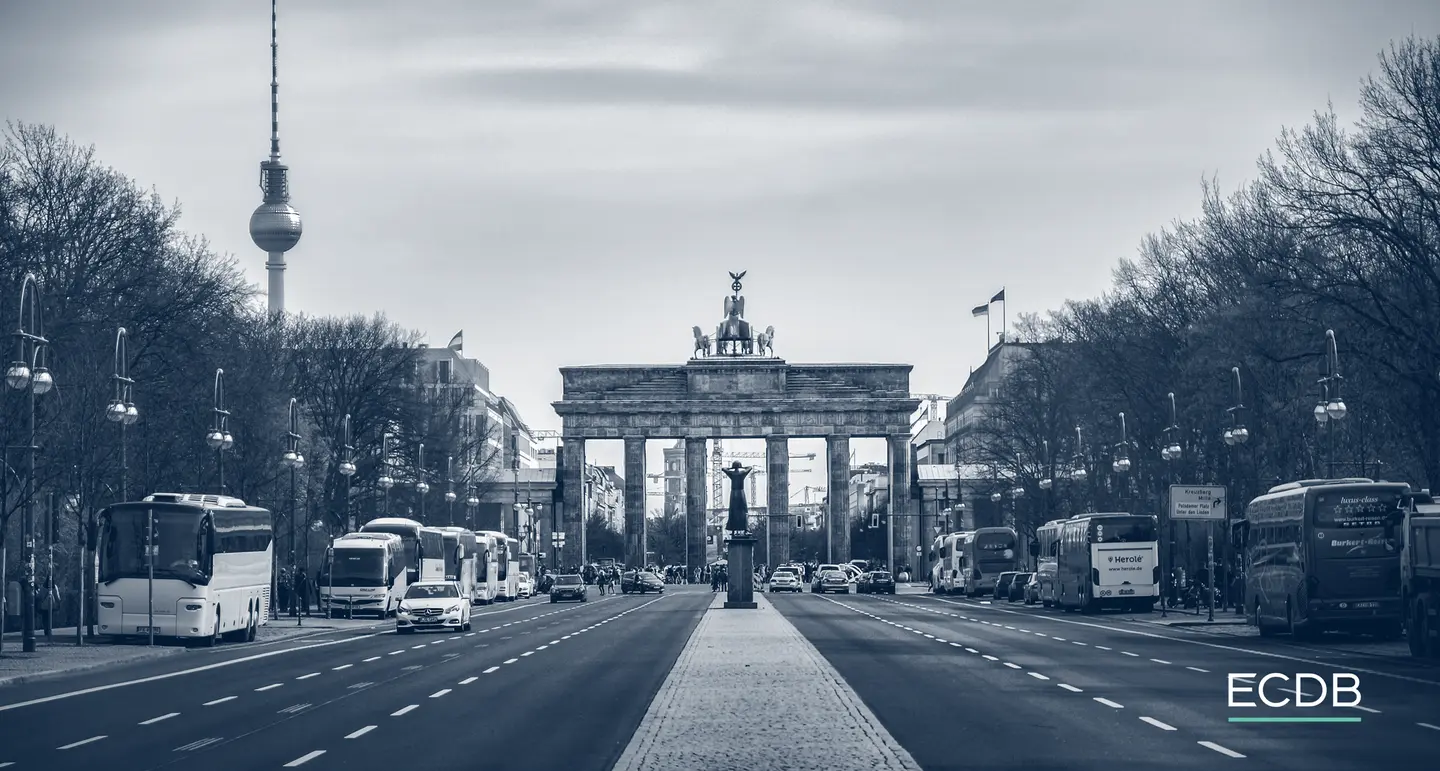VAT
VAT stands for value-added tax and is a type of sales tax mandated by the government and collected by sellers from consumers. VAT is applied at various stages in the sales process, starting with suppliers and manufacturers, extending to distributors and retailers, and ultimately reaching the end consumer. To engage in eCommerce, you must officially register as a VAT supplier in the country where your business operates.
Glossary entries with V
Back to





